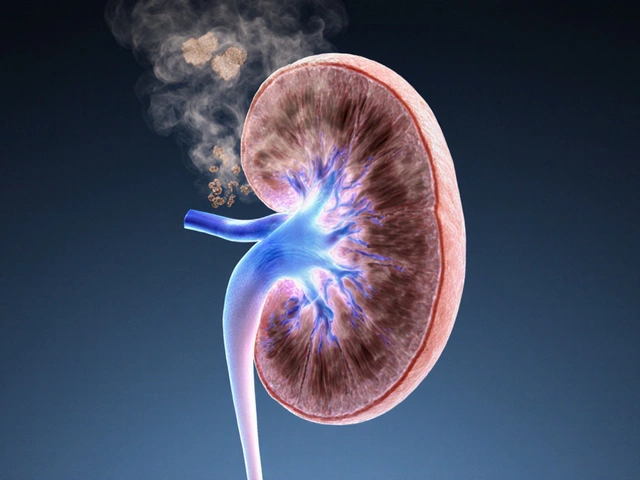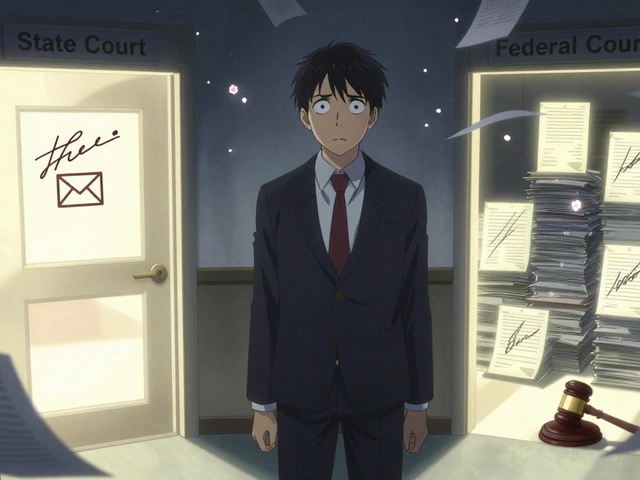Cluster Headaches: What They Are and How to Find Relief
If you’ve ever been hit by a sudden, stabbing pain behind one eye, you might have experienced a cluster headache. These attacks come on fast, last from 15 minutes to three hours, and often repeat several times a day. Unlike a regular migraine, the pain is usually one‑sided and can feel like a hot poker drilling into the temple.
Most people notice that cluster episodes happen in groups—hence the name “cluster.” A bout can last weeks or months, then stop for months or even years before returning. Knowing the pattern helps you tell a doctor that you’re dealing with cluster headaches, not just a bad sinus infection.
Typical Symptoms and Warning Signs
During an attack you might see these tell‑tale signs: a burning or electric shock‑like pain around the eye, swelling of the eyelid, a red or watery eye, a runny nose on the same side, and sometimes a drooping eyelid. The pain can be so intense that you feel restless and may pace around the room looking for relief.
The attacks often follow a clock‑like schedule. Many sufferers say the pain hits at the same time each night, usually a few hours after falling asleep. If you notice that pattern, write it down – it’s useful info for your doctor and can guide treatment timing.
Managing the Pain: Treatment Options
The first step is to see a healthcare professional who knows about cluster headaches. They’ll likely prescribe fast‑acting oxygen therapy – inhaling 100% oxygen at 12‑15 L/min for 15 minutes can stop an attack in many people. You’ll need a portable oxygen tank, but it’s a simple, drug‑free option.
If oxygen alone isn’t enough, triptans (like sumatriptan) are the next go‑to. You can take them as a nasal spray, injection, or tablet. Injections work fastest, often within minutes, making them a favorite for severe episodes.
For long‑term prevention, doctors may suggest verapamil, a calcium‑channel blocker taken daily. Some patients also benefit from steroids to break a cluster cycle, but those are usually short‑term because of side effects.
Beyond medication, a few lifestyle tweaks can keep attacks from spiraling. Avoid alcohol and strong smells (like gasoline or paint) during a cluster period, as they can trigger attacks. Keep a regular sleep schedule – going to bed and waking up at the same time each day can reduce the nightly flare‑ups.
Stress isn’t a direct cause, but it can make your body more sensitive to triggers. Simple stress‑busting habits like a short walk, breathing exercises, or a warm shower during an attack can give you some control while you wait for the medication to kick in.
If you ever feel the pain is getting worse, the eye is increasingly swollen, or you can’t breathe properly, treat it as an emergency and seek medical help right away. These signs can indicate a serious complication.
Remember, cluster headaches are rare but treatable. With the right mix of oxygen, medication, and trigger management, you can cut down the number of attacks and reclaim your days. Keep track of each episode, talk openly with your doctor, and don’t shy away from trying different therapies until you find the combo that works for you.

Flunarizine for Cluster Headaches: Effectiveness, Usage, and Alternatives
Explore how flunarizine works for cluster headaches, its benefits, side effects, dosing, and how it stacks up against other preventive options.




